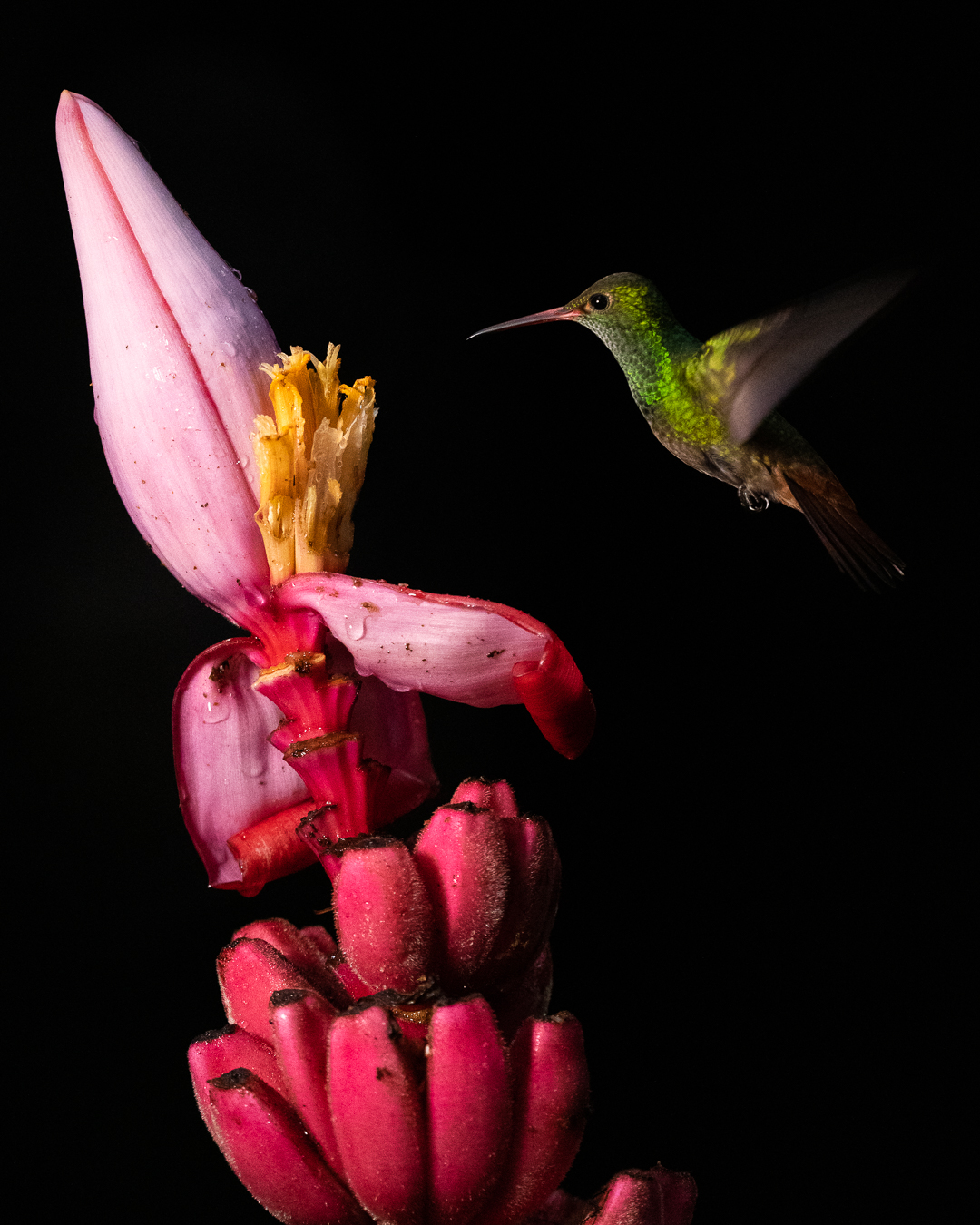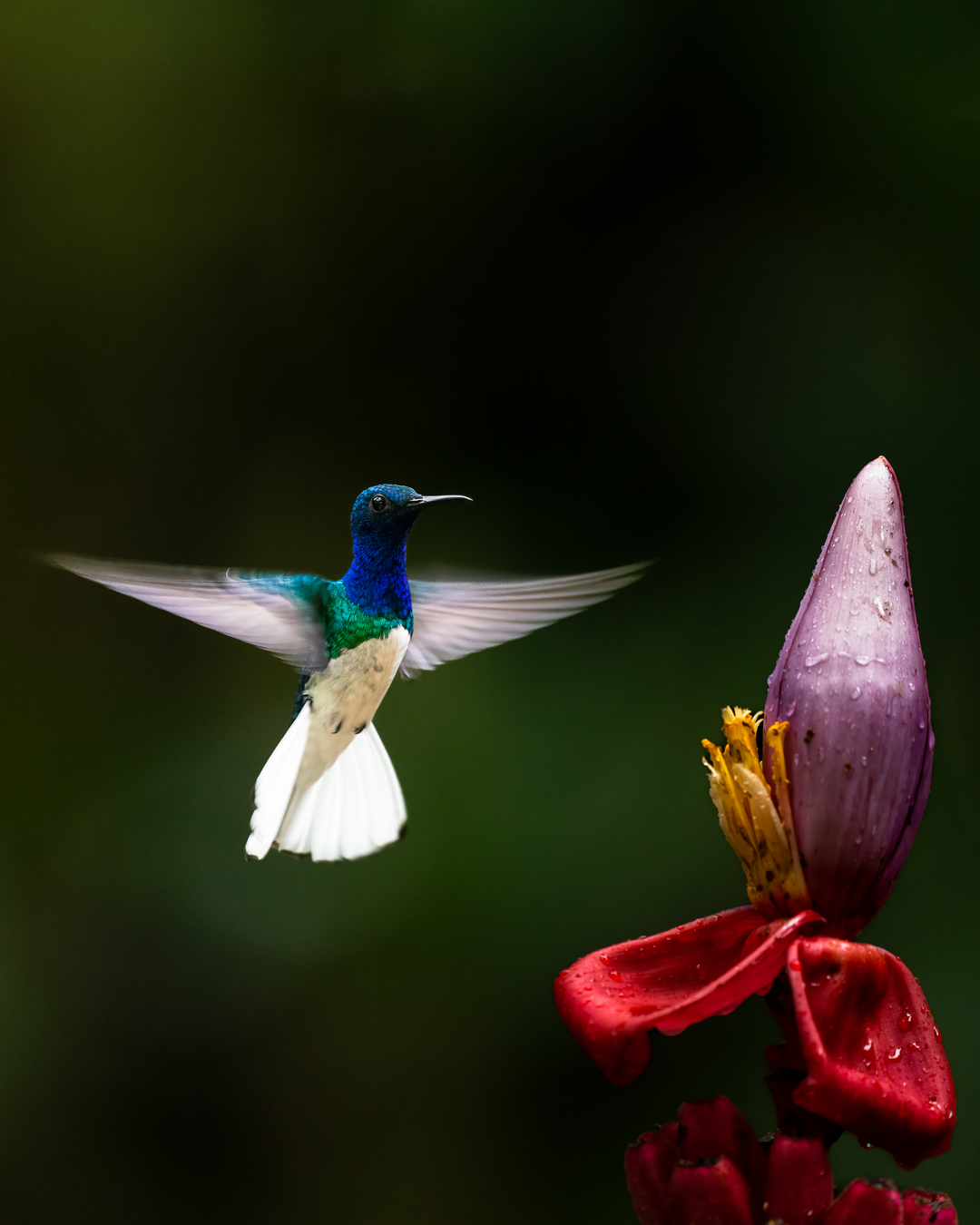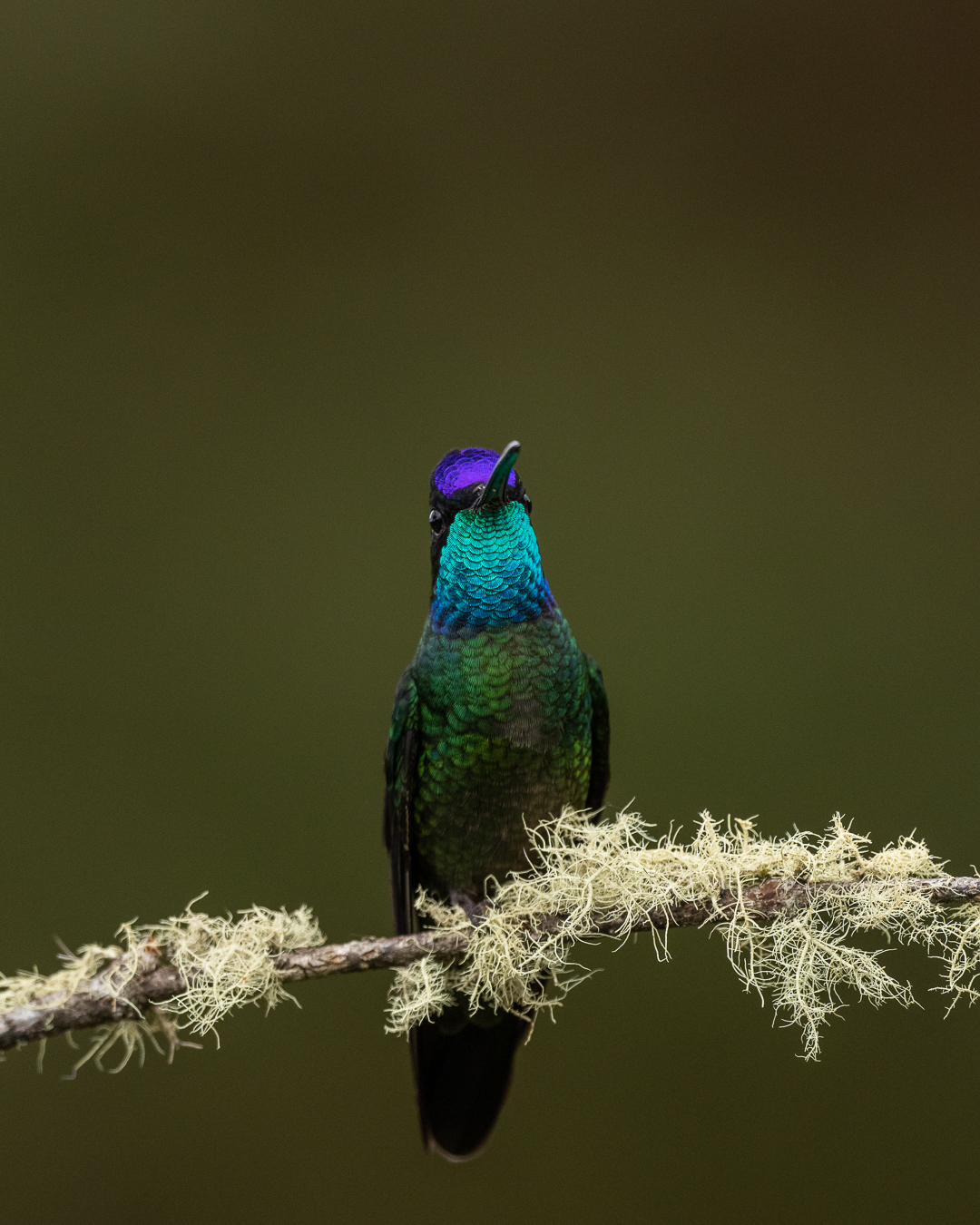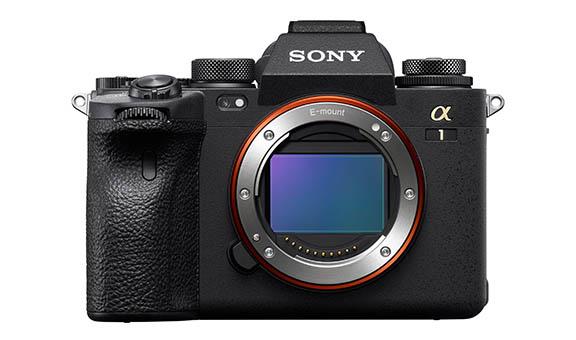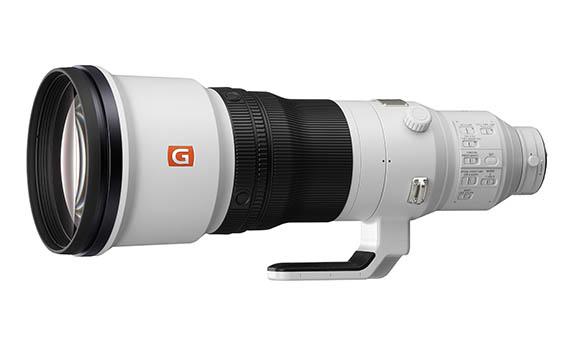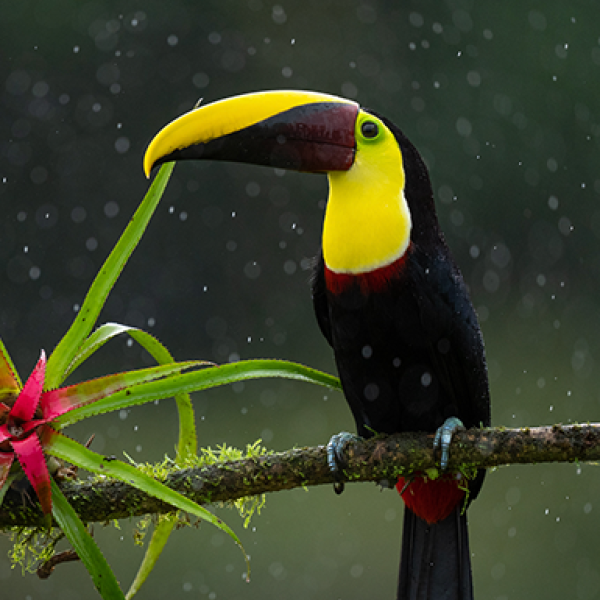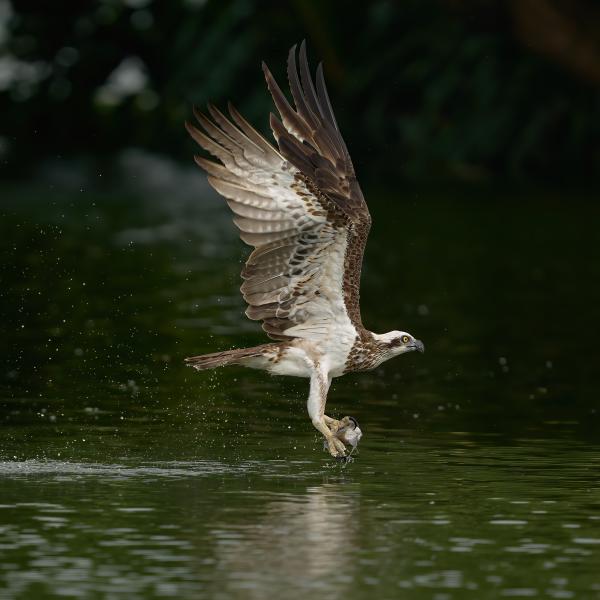Bird Photography Part 2: A Bird Photographer's Kit to Capture High-Flying Birds
In our last article with Sudhir Shivaram (@sudhirshivaram), we talked about how the bird photographer planned his shooting locations to find and shoot bird activity. In the second of this three-part series, we learn more about the gear he uses to keep high-flying birds in focus without disturbing them at close quarters.
Camera
Being a bird photographer, Sudhir relies on a camera with superior AutoFocus (AF) speed and tracking. "Birds are normally fast, which makes focusing on them a huge challenge. That’s why you need a great camera body with an amazing AutoFocus system. The lens also needs to be fast enough to track the subject even under low light. The Alpha 1 handles capturing every movement and detail very well thanks to the low-light AF and high-noise ISO performance. Because birds are generally small, the Alpha 1's 50 MP lens helps me do a good amount of cropping while retaining a sharp image quality," said Sudhir.
Having control over the aperture, shutter speed and ISO settings are important to keeping the subjects nice and sharp. "I always shoot in Aperture Priority mode and keep the aperture setting to the lowest f number the lens can support. For example, with the Sony 600mm F4 lens, I always keep the aperture setting to F4. With the shutter speed, I generally try to keep to 1/250 seconds and above, but this can change depending on the subject's movement. For shutter speeds between 1/10 to 2 seconds, achieving a clear and sharp image requires photographers to adopt shooting techniques like using a tripod and a supporting fluid head. I also play around with the ISO settings to complement the shutter speed. Generally, this can vary between ISO 400 and above," said Sudhir.
Finally, the most important setting in bird photography is the AF settings. "I always shoot in autofocus continuous (AF-C) mode and use the Tracking: Spot S focus area with the bird eye feature enabled. The Tracking: Spot S setting helps me in locking on to fast-moving birds. For the photographer, it is just a matter of being fast enough to keep the birds in the white focus square. Once the subject is in focus, all you need to do is hit the shutter button and the camera eye's tracking technology will handle the rest. The best part of the feature is if your subject unexpectedly leaves the focus area, you can simply release the shutter button and continue tracking from there," said Sudhir.
Lens
One of the toughest challenges in bird photography is approaching the subjects without disturbing it. Pairing his camera with the right lens is important in framing the birds without having to get close to them. "I typically use the FE 600mm F4 GM OSS along with the 1.4x Teleconverter Lens to get an additional reach. The thing I like the most about this lens is its light weight, which allows me greater mobility even while carrying more equipment. When it comes to capturing fast-moving birds, the lightweight lens also makes it easy to hold and balance the camera properly," said Sudhir.
Another attractive feature about the lens, according to Sudhir, is its sharp image quality. "The key aspect of the lens is the high-quality glass which can produce good contrast and extremely sharp images. On top of that, the AF is also quite fast. When combined with the 1.4x Teleconverter Lens, it does not jeopardise the image quality and focus speed," Sudhir added.
Accessories
Taking pictures of birds can take hours, which is why Sudhir packs extra accessories to assist him in his endeavours. "Apart from the camera and lens, I always carry a tripod with a fluid head that allows me to stabilise my shots, no matter where I am shooting from. I also bring a pair of binoculars to keep track of birds' activities and determine the right moment before picking up the camera," Sudhir said.
Other accessories he also carries include:
- Additional memory cards and batteries: "You never know how long your photography session will take and how many photos you will capture. It is always good to prepare yourself for extended shooting. When buying extra memory cards, it is best to pick those that have a durable design with a high read and write performance that allows you to take continuous, high-resolution raw photos."
- Laptop and card readers: "These two are essential for keeping track of your work and choosing the best photos for your portfolio."
- Hat and sunglasses: "During hot, summer months, wearing a hat and sunglasses keeps you protected from the extreme elements so you can focus on your photography."
- 4TB SSDs: "Backups will help you restore your photographs on the off chance your data gets corrupted."
- Sony Alpha 7S III and the 600mm lens: "I use this combination whenever I want to shoot high-quality movies about birds and wildlife."
With the right camera, lens and accessories by his side, Sudhir portrays captivating, eye-catching stories with birds. He has but one piece of advice for budding bird photographers, and that is to explore what equipment works for them. "No single set of equipment will work for every occasion, so consider how each subject will react during the shoot. In the case of bird photography, your kit needs to have fast-focus cameras with long focal length lenses that allow you to quickly bring fast-moving birds into focus in a safe and friendly distance. By considering these options, you'll be better prepared to control every shot," said Sudhir.
Check out Part 3 of this birding photography series for Sudhir’s tips to capturing great images, or Part 1 to learn about the best locations to shoot from.
